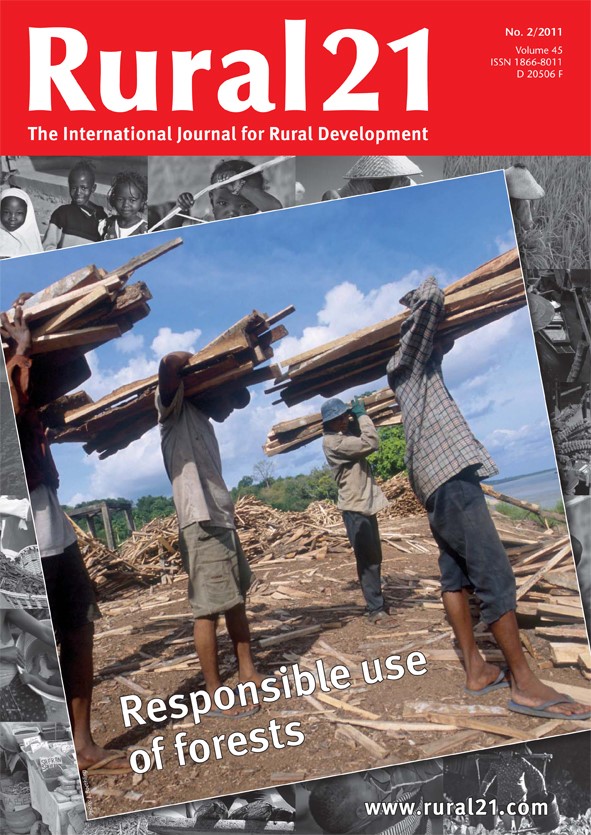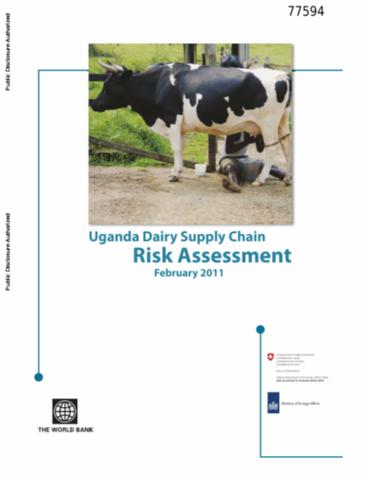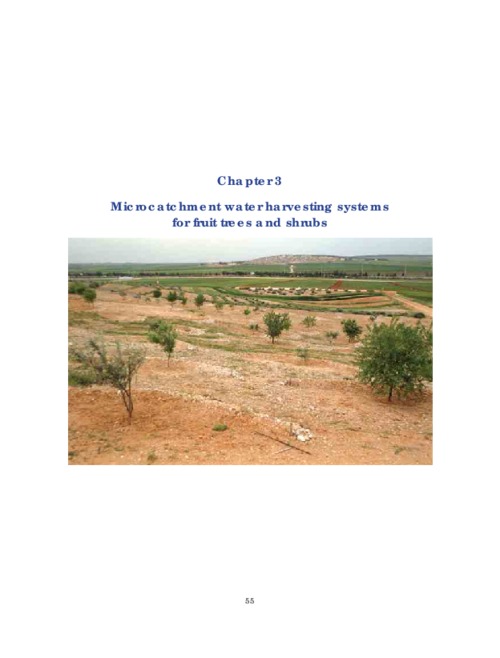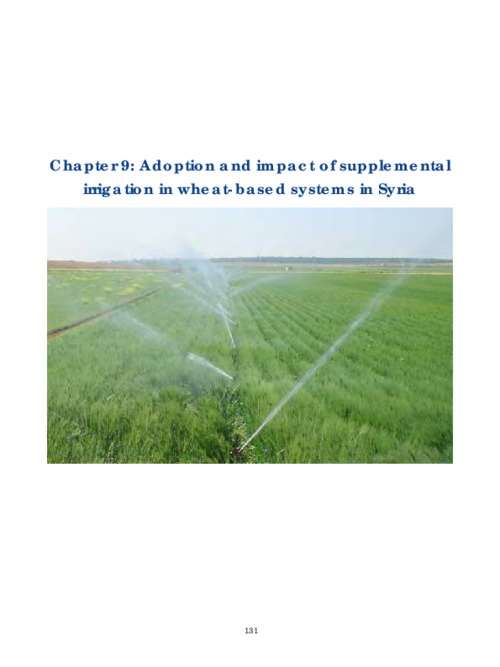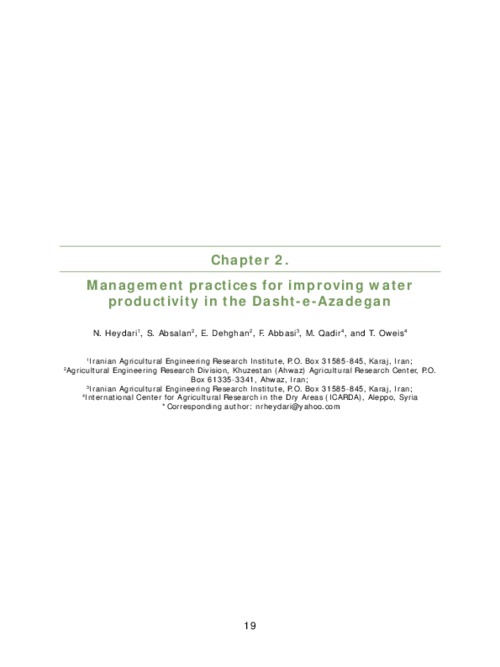Adaption, environmental impact and economic assessment of water harvesting practices in the Badia benchmark site
The shortage of water in arid zones represents the most serious obstacle to poverty reduction because it limits the extent to which poor producers of crops and livestock can take advantage of opportunities arising from emerging markets, trade, and globalization. Water shortage in arid zones limits the variety and quantity of crop and livestock products a smallholder can produce, thus narrowing their range of options.



